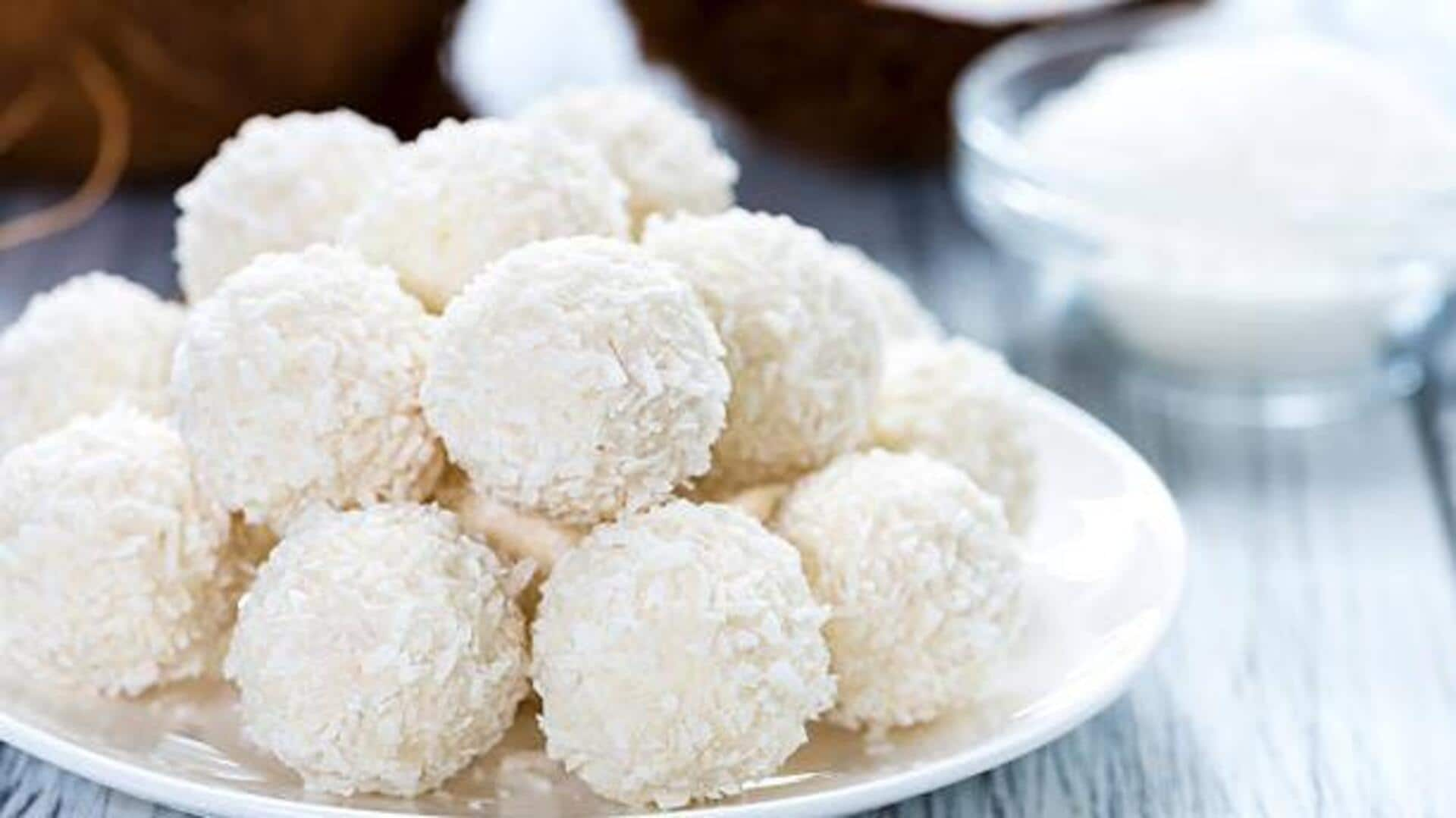
Dessert lovers: Don't miss these classic treats
What's the story
African traditional sweets are a delightful taste experience with simple, affordable ingredients. Not only are these sweets rich in flavor, but also easy to make at home. Most of the treats are based on staples like sugar, flour, and nuts, making them accessible to anyone looking to try African culinary traditions without breaking the bank. Here are some popular African sweets that can be made with common ingredients in most kitchens.
Coconut treats
Sweet coconut balls delight
Coconut balls are a favorite sweet treat around many parts of Africa. Made mainly from grated coconut and sugar, these balls are chewy and sweet at the same time. The preparation involves mixing the coconut with sugar, and sometimes a hint of vanilla for extra flavor. Once combined, the mixture is shaped into small balls and left to set. This simple dessert is perfect for your sweet tooth.
Nutty crunch
Peanut brittle crunch
Another beloved sweet that requires minimal ingredients is peanut brittle. Peanuts and sugar form the base of this crunchy delight. The process involves caramelizing sugar until golden brown before adding roasted peanuts into the mix. Once cooled, it hardens into a brittle texture which can be broken into pieces for snacking or sharing with friends.
Grainy goodness
Millet porridge squares
Millet porridge squares give a unique twist to the traditional porridge by making it a solid snack. Cooked millet porridge is combined with sugar (and sometimes spices such as cinnamon or nutmeg) and poured into molds to set. Once firm, it's cut into squares or rectangles to be consumed easily as an on-the-go snack or dessert.
Seed snacks
Sesame seed candy bites
Sesame seed candy bites are small but flavorful treats made with sesame seeds and honey or syrup as binding agents. The seeds are lightly toasted before mixing with honey to make a sticky mixture. This mixture can be shaped into small bites or bars after cooling down a bit after cooking over low heat until thickened enough. It shouldn't stick too much when touched gently by fingers during shaping process itself!